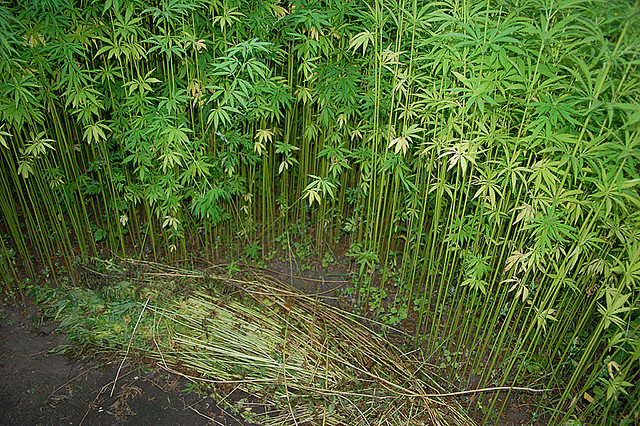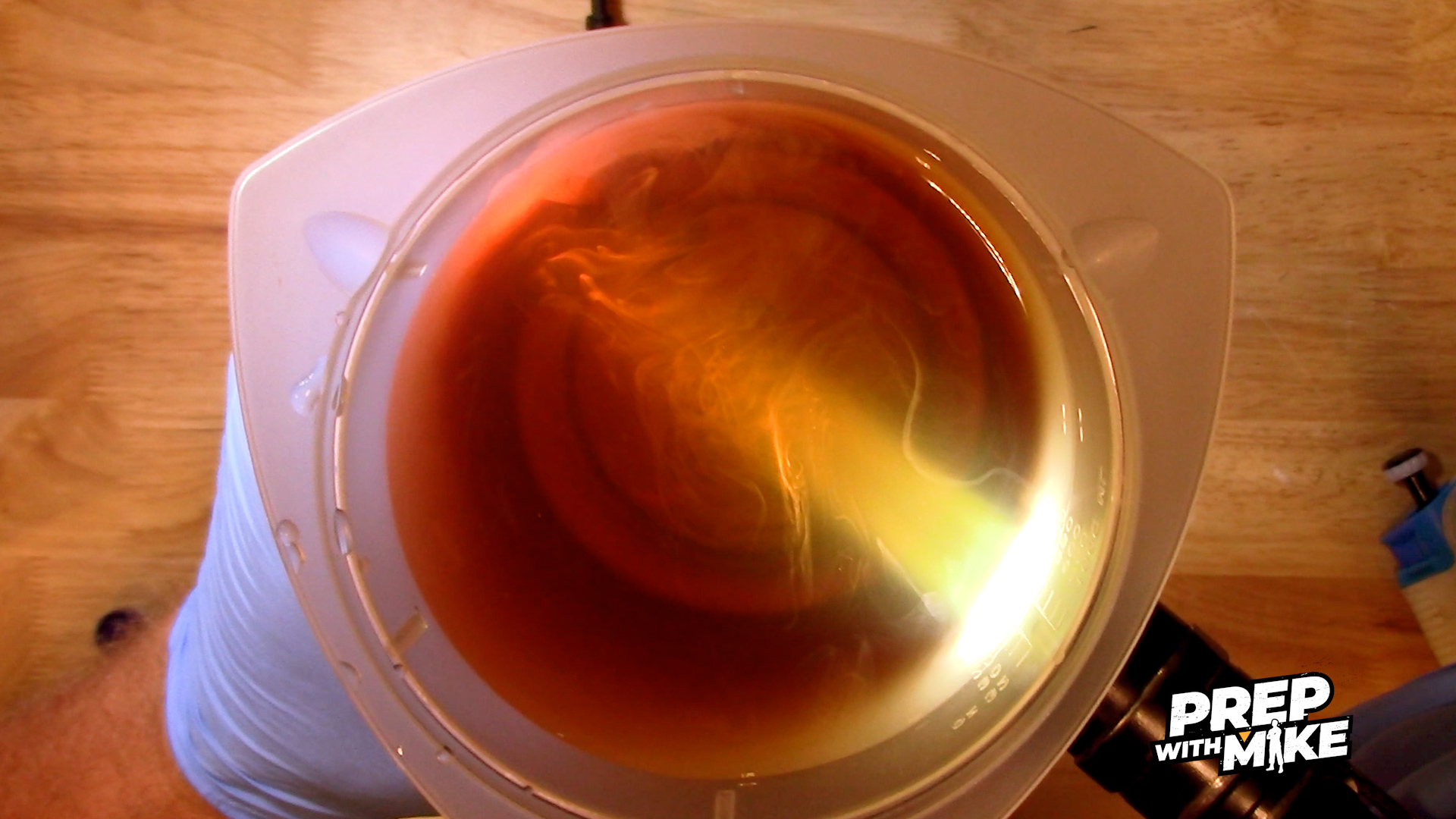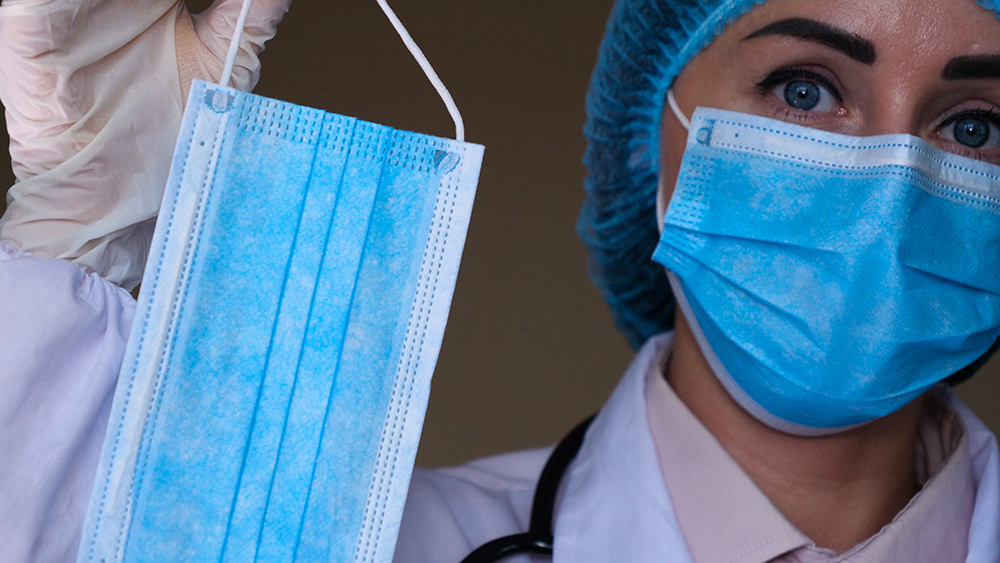Scientists discover protein that allows soil bacteria to generate electricity in microbial fuel cells
10/07/2020 / By Evangelyn Rodriguez

Bacterial cells are only about one-tenth the size of human cells. Despite being considerably smaller, bacteria have more complex respiratory mechanisms than humans. And while higher animals produce carbon dioxide when they breathe, some bacteria can generate an electric current when they “exhale.”
In a new study published in the journal Nature Chemical Biology, researchers from Yale University and the Pacific Northwest National Laboratory in Washington reported that a soil bacterium known as Geobacter sulfurreducens can be stimulated with an electric field to produce highly conductive protein nanowires in bioelectrochemical systems.
The ability of these microbial nanowires to generate current is due to the presence of cytochrome OmcZ. This outer-surface protein promotes electron transfer to various electron acceptors present in the environment. The researchers noted that the OmcZ nanowires produced by G. sulfurreducens can transduce mechanical and chemical stimuli into electrical signals for a variety of biological purposes, including sensing, synthesis and energy production.
How G. sulfurreducens produces electricity in soils and sediment
“Geobacter breathe through what is essentially a giant snorkel, hundreds of times their size,” said Yale assistant professor Nikhil Malvankar, in an article published by LiveScience. Malvankar is the study’s senior author.
The “snorkel” Malvankar was referring to is the nanowires G. sulfurreducens is famous for producing. These nanowires are made up of tiny, electrically conductive protein filaments 100,000 times smaller than the width of a human hair strand.
But despite their small size, these nanostructures are capable of doing incredible things — in this case, exporting electrons thousands of times the length of a G. sulfurreducens cell. This process of shuttling electrons allows G. sulfurreducens to breathe in harsh environments where electron acceptors that can pass through the cell membrane, such as oxygen, are absent.
G. sulfurreducens normally lives in oxygen-starved soils. Its ability to develop nanowires is an adaptation that allows it to make use of what natural resources are available in its immediate environment. These resources happen to be organo-mineral complexes, such as iron (III) citrate, iron (III) oxide and manganese (IV) oxide, and other electron acceptors like uranium (VI), chromium (VI) and gold (III).
According to earlier studies, G. sulfurreducens protein nanowires are assembled from electrically conductive PilA pilin monomers, or e-pili, that facilitate long-range electron transport to iron (III) oxides in Nature, and through conductive biofilms in synthetic systems. But researchers soon discovered that another protein called c-type cytochrome OmcS also plays a role in G. sulfurreducens’ unusual breathing process.
OmcS contains multiple iron-containing groups called hemes; the seamless stacking of these hemes was essential for electron transfer to iron (III) oxide since it provides a continuous path for electrons to travel. But in synthetic bioelectrochemical systems where mineral complexes are less abundant, Malvankar and his team found that G. sulfurreducens can still generate current, even in the absence of OmcS. Under the influence of an electric field, the microbe forms 100 micrometer-thick biofilms on electrodes and produces high current density.
Even better nanowires than those found in Nature
Malvankar and his colleagues reported that G. sulfurreducens cells formed interlinked piles on electrodes and began exporting electrons through a single shared network upon stimulation with an electric field. (Related: Scientists discover “electric” bacteria – can it lead to next-gen batteries and miniature pacemakers?)
“They stack up like high-rise apartments, hundreds of stories tall. And they can all share the same electric grid, constantly dumping electrons,” said Malvankar.
But while he and his team found this phenomenon fascinating, they began to wonder how the microbes at the very top of the pile were able to shoot electrons all the way down to the bottom and out through the nanowire. So they conducted another study and analyzed G. sulfurreducens cell cultures using two cutting-edge microscopy techniques.
The researchers found that when an electric field is applied to electricity-producing G. sulfurreducens biofilms, it stimulates the bacterial cells to produce OmcZ nanowires. Like OmcS, the protein OmcZ contains multiple hemes; but its deletion inhibits current production in microbial fuel cells, indicating its importance for G. sulfurreducens’ conductivity.
In the presence of an electric field, OmcZ nanowires conducted electricity 1,000 times more efficiently than the OmcS nanowires found in Nature. OmcZ nanowires also displayed a threefold greater stiffness than OmcS nanowires. The researchers attributed the increased stiffness and conductivity of G. sulfurreducens OmcZ nanowires to enhanced stacking of the heme groups and a switch in the conformation of OmcZ to B-sheets. This structural conformation gives stability to the protein.
For more than 10 years, scientists have been using Geobacter microbes as living batteries to power small electronic devices. A great advantage of using these live organisms as power sources is that they can self-repair and replicate. They also cost less to develop and are biocompatible as well as biodegradable. While having a fully operational microscopic electric grid is still a long way from becoming a reality, Malvankar and his team believe that their findings will help other researchers better understand how to manipulate protein nanowires to increase their functionality.
Sources include:
Tagged Under: bioelectrochemical systems, breakthrough, Chemistry, cool science, discoveries, electric grid, electricity, electron transfer, environ, Geobacter sulfurreducens, live batteries, microbial batteries, microbial fuel cells, power, protein nanowires, research, soil bacteria
RECENT NEWS & ARTICLES
COPYRIGHT © 2017 SCIENTIFIC NEWS




















